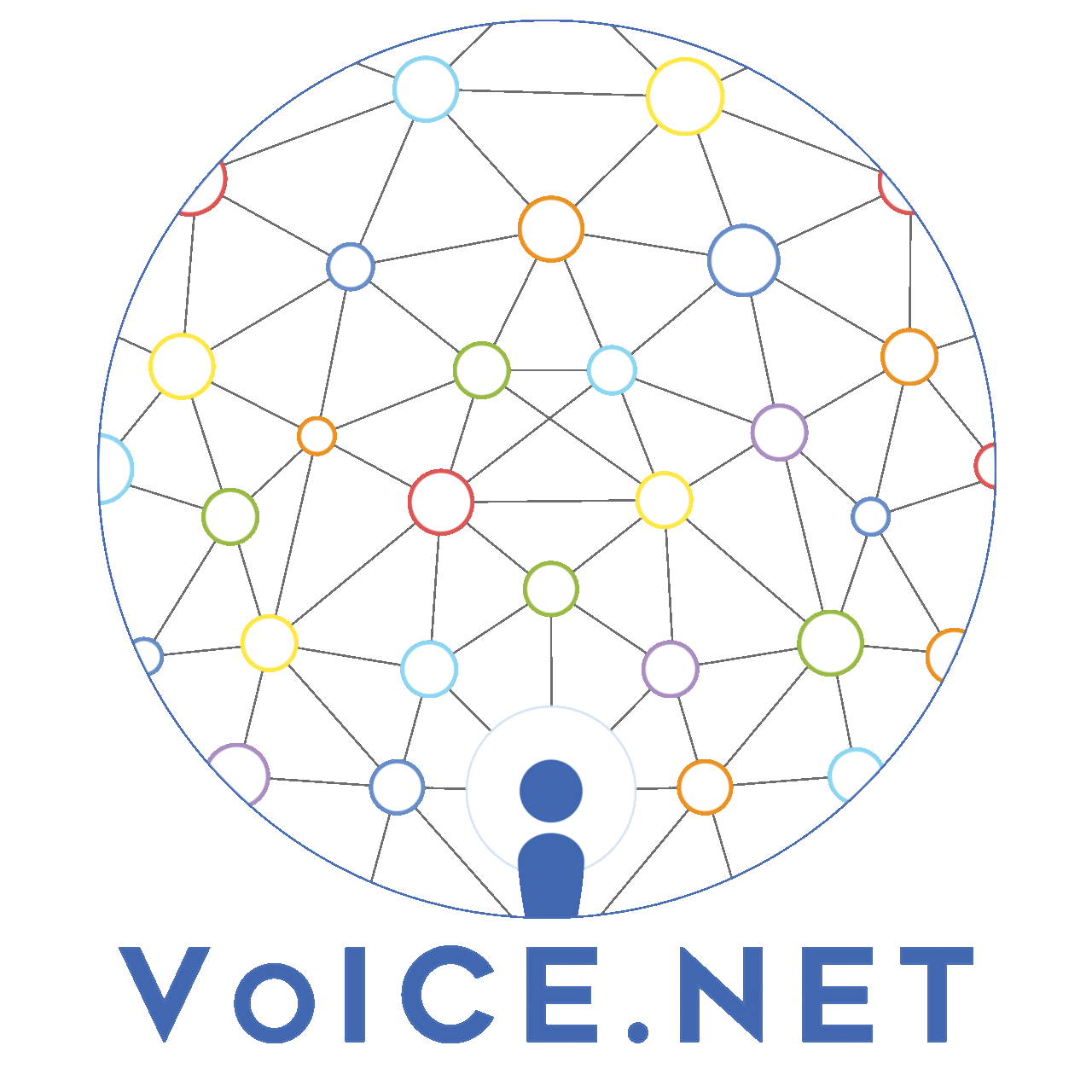
Global Knowledge Network On Voter Education - learning from each other
“Youth, along with Indigenous Australians, continue to be the most
underrepresented segment of Australian society on the electoral roll”.
 A key feature of the Australian electoral system is COMPULSORY VOTING.
Despite this, and whilst the rate of youth participation in federal elections has
improved in recent times, the challenge of engaging young people in the Australian
democratic process remains significant. In a positive development, the number of
unenrolled Australians reduced significantly in the same period. However, the
Australian Electoral Commission (AEC) attempts to have a positive impact in this
area by addressing some of the natural barriers to participation through the
implementation of:
A key feature of the Australian electoral system is COMPULSORY VOTING.
Despite this, and whilst the rate of youth participation in federal elections has
improved in recent times, the challenge of engaging young people in the Australian
democratic process remains significant. In a positive development, the number of
unenrolled Australians reduced significantly in the same period. However, the
Australian Electoral Commission (AEC) attempts to have a positive impact in this
area by addressing some of the natural barriers to participation through the
implementation of:
• A well-considered program of school-aged democratic education,
• Enrolment processes suited to Australia’s compulsory electoral system,
• A comprehensive ‘last minute’ election communication campaign to
encourage participation.
These endeavours attempt to combat the issue of participation in the voting process
but in very different ways and according to different time frames.
Future Voters
The AEC’s education program consists of in-school election resources, electoral
education training for teachers, electoral education resources and products (for
classrooms and the community) and the National Electoral Education Centre. At the
education centre, students are provided with electoral education on Australian
government and democracy, federal electoral processes and the democratic
responsibilities of citizens. A 90 minute session features a multimedia presentation
that explores the history of Australian democracy, hands-on activities that help
students to understand enrolment, voting and representation as well as voting in a
simulated election.
The AEC’s in-school election program, Get voting, helps primary and secondary
schools conduct in-school elections for real positions, such as representatives on
student councils.
Enrolment processes
The challenge of engaging youth is made more difficult by the requirement for an
enrolment transaction to occur when they reach voting age or move house.
As per the Laws passed by the Australian Parliament in 2012, the AEC allow to
directly enrol eligible electors or update their details on the electoral roll based on
information from other government agencies.
The applicability of direct enrolment processes to young people can be particularly
challenging given the higher likelihood of conflicting data due to more frequent
residential movement.
Election campaign
Each election, the AEC undertakes a comprehensive communication campaign in an
effort to provide final participation reminders to the Australian electorate. These
campaigns have several key audience groups that are catered for by carefully
selecting communication channels, including channels directly target to young
eligible electors.
Indigenous Australians
Research tells us that Indigenous Australians who make up three per cent of the
population are much less likely to participate in the electoral process than other
Australians. This provides a distinct target youth audience with over half of all
Indigenous Australians aged under 25. The AEC operates a dedicated Indigenous
Electoral Participation Program that is delivered across Australia by 20 Community
Engagement Officers, the majority of whom are Indigenous. Program staff works
directly with communities or in partnership with other organisations to deliver
services in ways that meet cultural and regional needs of Indigenous Australians.
During the 2016 federal election, the Program developed a range of culturally
targeted educational and engaging materials included videos, posters, websites and
brochures featuring Indigenous branding and the tagline ‘Our Vote, Our Future’. The
Program utilised digital channels including a dedicated Indigenous Facebook page
as well as YouTube to appeal to youth.
The youth parliament not only benefits the participants but can help spread positive
messages among Indigenous communities by involving friends and families, it can
also help to dispel myths about the electoral process, and for some it can replace a
negative experience about voting and governments with a positive one.
Tom Rogers ,
Australian Electoral Commissioner